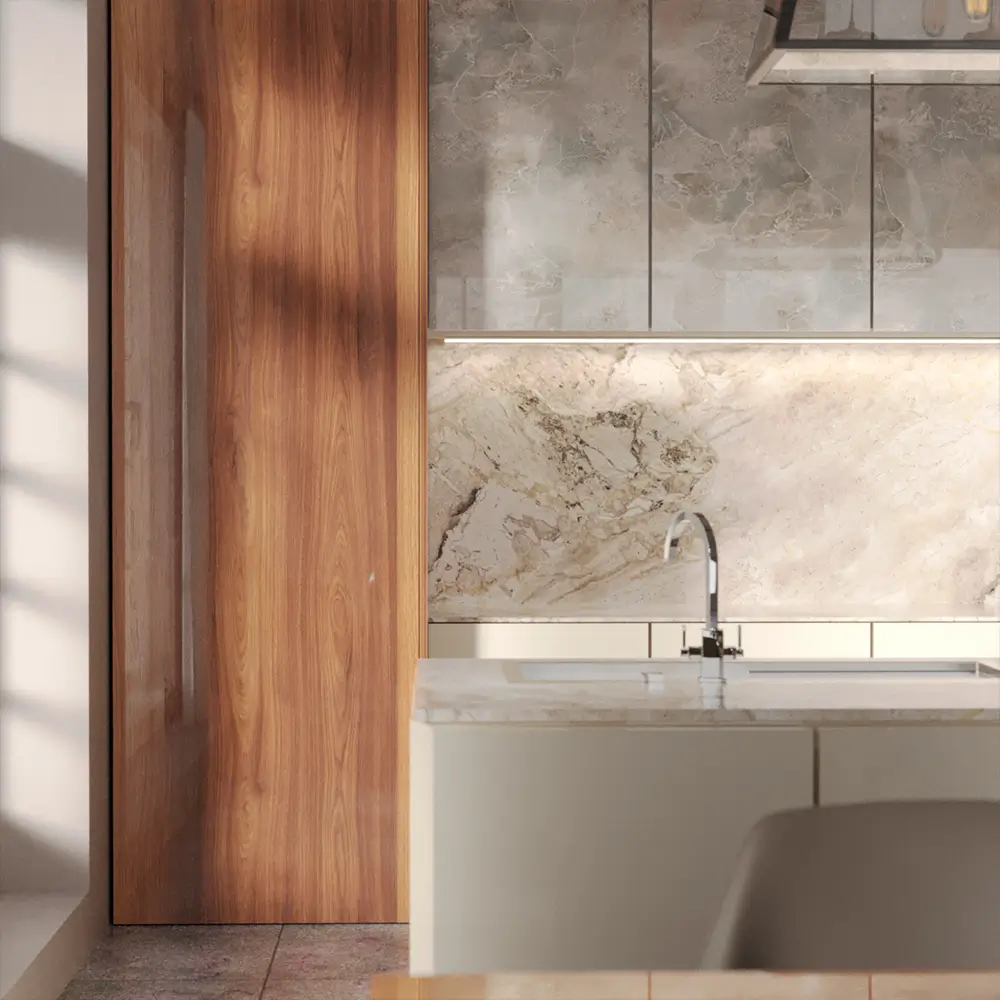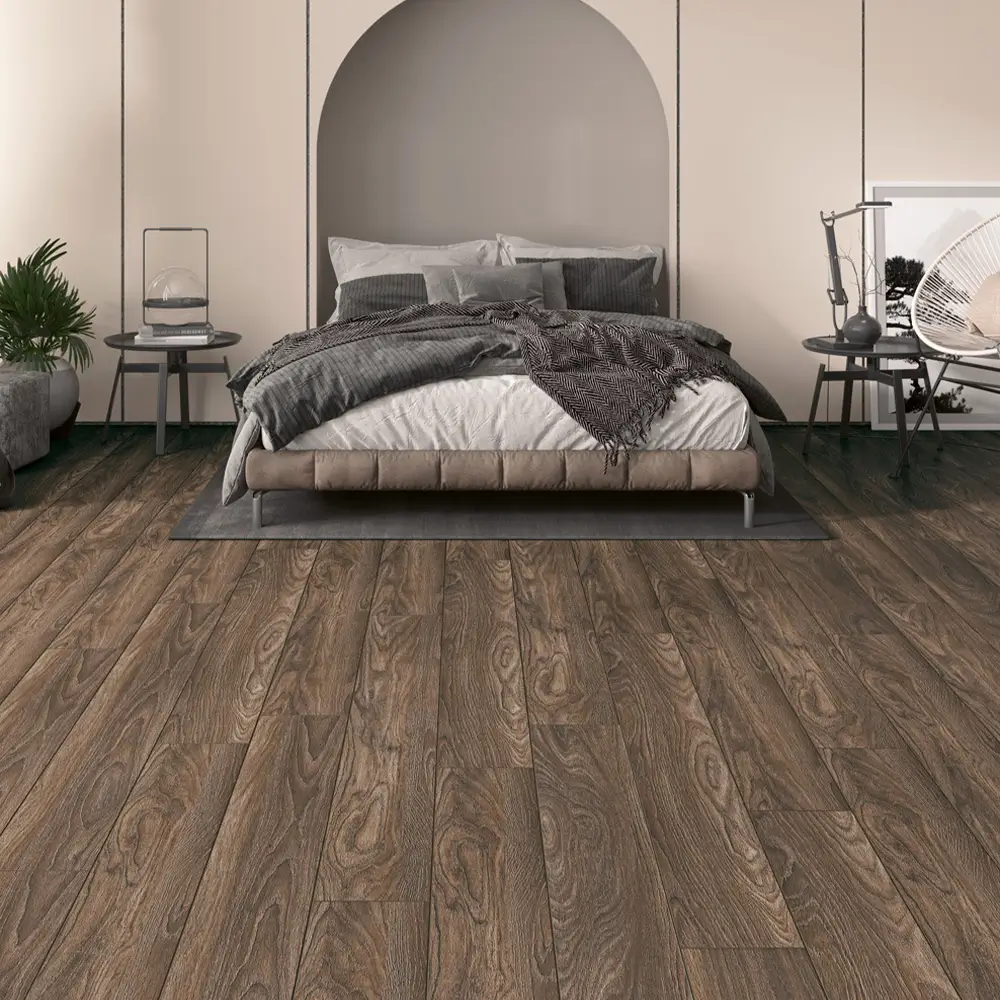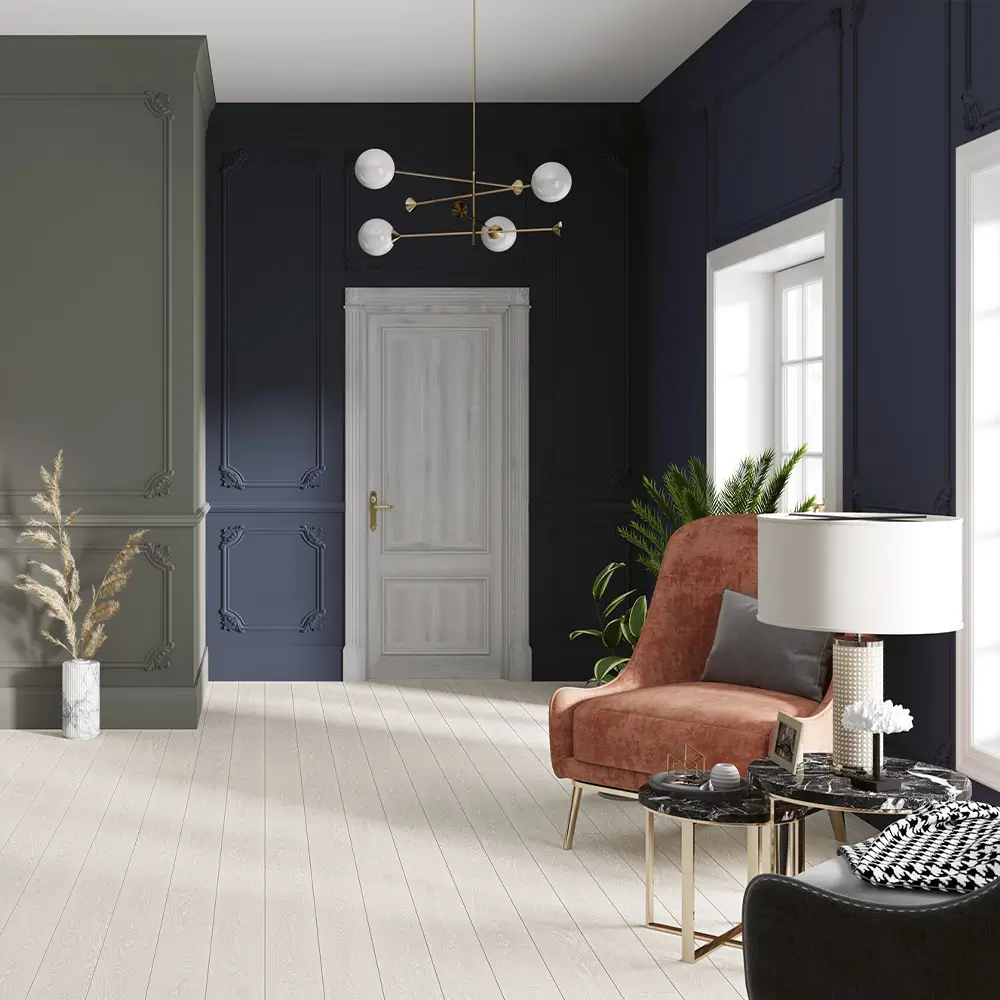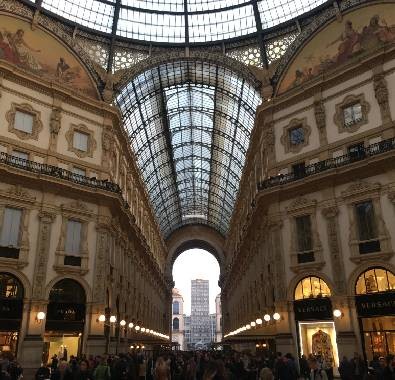
Category
inspiring ideas
inspiring ideas
58th Salone del Mobile.Milano (iSaloni / Milan Furniture Fair) was held between 9-14 April 2019. At the invitation of Yıldız Entegre, a group of architects and designers from Türkiye visited the fair and the parallel 2019 Milan Design Week events that spread across the city. Designers and
architects who participated in the trip
shared their impressions of Milan Design Week and iSaloni.
Tuna Aysel
Every year, the excitement of the first days of April is different for those of us who love our profession. We flock to Milan for the most important event of the year that nourishes, refreshes, and improves both our vision and our professional and general culture, just as spring refreshes our soul and mind.
We admire the transformation of not only Rho Fiera Milano but almost the entire city into a fair and event area; we can feel and experience with all our senses that dozens of branches of art, craft, and design have come together and become part of human and city life.
In Salone Internazionale del Mobile, which we had the opportunity to visit this year with the organization and contributions of Yıldız Entegre, which we can now call "traditional", we can say that the "design" themed halls and the companies taking part in these halls stood out and attracted our attention with their product and stand designs and presentations. Terra (which can be described as terracotta/clay color), gray, and green were the trend colors of the year. However, we think textures and surfaces are the most striking aspect of iSaloni this year. We have seen that textures and surfaces are used intensively not only in wood products but also in materials such as metal and glass. We believe that the emphasis on naturalness and craftsmanship will continue to influence furniture and all the disciplines it interacts with.
Calvi Brambilla's booth for B&B Italia and Flos brands was the most memorable with its size and the playful installation at the entrance. ■
Tuna Aysel, Tuna Aysel Design Studio
Sezin Ergene
As with this year's fashion lines, it is possible to observe the dominance of vibrant colors, floral patterns and curvilinear forms at the furniture fair. Especially the reflection of terrazzo and marble patterns on wood points to a return to the "natural". These traces can be followed in all products from lighting to carpets, glass to furniture.
Product presentations based on the user experience take place outside the main fairgrounds, in the city center, in neighborhoods such as Brera, Tortona, and Lambrate. World-renowned designers, architects, and brands exhibit their products by using the city's streets, courtyards, squares, empty industrial buildings and garages, and turning them into galleries.
The installations at the University of Milan, one of the main venues of the exhibitions, address issues such as rapid consumption, climate change and sustainability in order to draw attention to and criticize the problems of the planet.
Architect Arthur Mamou-Mani's "Conifera", a design of interlocking bioblocks placed in the courtyard of Palazzo Isimbardi, can be defined as an inquiry into the potential of renewable materials.
Ibrahim Mahama's installation "A Friend" uses the city's historic gates to draw attention to the problems of poverty and migration in the world.
One of the most interesting examples of artificial intelligence and robotics in the globalizing world was "Bodies in Motion", which interprets human ergonomics through movements and presents it to us as an image.
One of the most important examples where user experiences were tested one-to-one was Dornbracht's gallery in Brera, which was decorated with a virtual reality headset. LG's curved television, produced in partnership with Foster & Partners, can be interpreted as the ultimate contribution of technology in design. ■
Sezin Ergene, CM Architecture
Pınar Gökbayrak
2019 Milan Design Week is celebrated like a festival with a series of events, exhibitions, and meetings spread throughout Milan, an Italian city shaped by design culture, beyond the iSaloni furniture fair for professionals. The exhibition area is quite large and this means seeing innovative products from many qualified companies, which requires a very busy pace. However, I prefer to spend half of my visit at the fairground and half at events in the city, as the events scattered around the city are just as mind-opening. This year, it was very pleasing to see R&D products that interact with the user and companies that focus on recycling and reuse, both in urban exhibitions and in the fairgrounds. Among the parallel events, the Tadao Ando exhibition at the Armani Silos was one of the most enjoyable parts of my visit. From sketches to construction site videos and models of various scales, a retrospective of Ando's work was organized. In the fair area, raw-natural materials and neutral textures, pastel and nature-identical colors reflected simplicity, while furniture designs refined with precise craftsmanship and manufacturing details, as always, bore the traces of Italian gusto. ■
Pınar Gökbayrak, PAB Architecture
Yunus Emre Kara
Milan is a city identified with design, in fact it is possible to say that the city itself is a work of design. From city planning to architectural structures, they all support design culture. Especially the architectural structures built in recent years are quite ambitious. With its new architectural language, Milan responds to current design approaches and presents a new vision of a European city without losing its historical qualities compared to the traditional historical European cities. The recently built "Milan Apple Store" (Foster & Partners, 2018), "Microsoft Italy Center" and "Feltrinelli Porta Volta Building Complex" (Herzog & de Meuron, 2016) and "Fondazione Prada" (OMA, 2018) are good examples.
Besides the fair, the Tortona area is one of the most important locations. As part of the 2019 Milan Design Week, every year the streets of Zona Tortona, the shops on Via Tortona and some houses host design events, exhibitions, and installations. The exhibitions where famous brands share their R&D processes are especially worth seeing. It is possible to find many things not only in the field of furniture but also in industrial product developments, processes, and designs.
Peugeot Design Lab: At the show in Via Savona, in the Tortona district, the Peugeot Design Lab presented the new concept car it has designed this year. Peugeot's journey towards electrification was thematized and its vision for the future was presented in an animation specially created for the event.
Tadao Ando Exhibition at Armani/Silos: Tadao Ando's project processes are presented as a whole with sketch stages, models, technical drawings, application processes, photographs, and videos
Arthur Mamou-Mani's "Conifera": In collaboration with the fashion house COS and the studio of French architect Arthur Mamou-Mani,
the 3D printed installation was created by multiplying and articulating 700 pyramid forms in the area following the path from the central courtyard of Palazzo Isimbardi to the garden.
Salone Internazionale del Mobile: As much as the products exhibited at the fair, the booth designs of the companies also reflect the identity of the company and give an idea about their design approach. The nature, garden effect is dominant in the stands. We can say that pastel colors have become fashionable in recent years and it is seen that they are preferred throughout the entire fair. ■
Yunus Emre Kara, Zoom/TPU
Onur Özkoç
I think it is of great importance for the city, which has a reputation as a design center, to maintain this reputation by regularly hosting current debates. The design week, where the experiences and thoughts of designers are shared regardless of language, culture, and geography, enables the city to assume the role of a global design memory.
For me, perhaps the most remarkable part of the fair was Kartell's booth in Hall 20, which was also celebrating its 70th anniversary. The new products made using bioplastics and the bioplastic chairs designed by artificial intelligence under the coordination of Philippe Starck (Project A.I.) were very exciting as a speculative argument for the future. However, I must add that the exhibition space and the flow of experience is also very well organized.
Another impressive space that carried the simple design language of its products to the exhibition design belonged to Arper. The exhibition with the theme "Softer Spaces" dealt with the intertwined coexistence of living-working-recreational spaces with increasingly blurred boundaries through material, form, and color and was very convincing. ■
Onur Özkoç, Motto Architecture
Dürrin Süer
Milan, where you feel that design permeates the city, the urbanites and everyday life, was much more enthusiastic because of the fair. In addition to the concentrated environment in the fairground, which Massimiliano Fuksas designed by transforming a rational circulation fiction into an impressive space with a unique structure, designers, and companies were competing to exhibit their innovative products in many indoor and outdoor spaces in the city.
The fair, which was alternately organized with the theme of lighting and kitchen-furniture, seemed to be affected by the fact that this year it was the turn of lighting, with an increase in its glitter and dazzle. In this context, the attractiveness of lighting product spaces constructed with reflective surfaces, matt/glossy, dark/light contrasts stood out compared to others. The stand of Sergey Makhno Architects, where the architect introduced his designs with a live performance and involved the visitor in the process, and exhibited one-off designs with natural forms made of clay, handcrafted by hand, was a good representation of the expression of a trend and attitude through product and space.
While the latest developments in technology were experienced through the reflections of brand+designer collaborations (LG and Foster&Partners), the tendency of many materials and products from paper to plastic, textiles to wood towards nature and naturalness in form, color, and texture was observed. ■
Dürrin Süer, M plus D Architecture
Publication imprint:
Ağacın İzinde: "Notes from 2019 Milano Design Week",
Arredamento Mimarlık,
June 2019/332, pp. 32-37.
Notes on Expressionist Art
PREVIOUS
Bauhaus School and Today's Understanding of Design
NEXT


